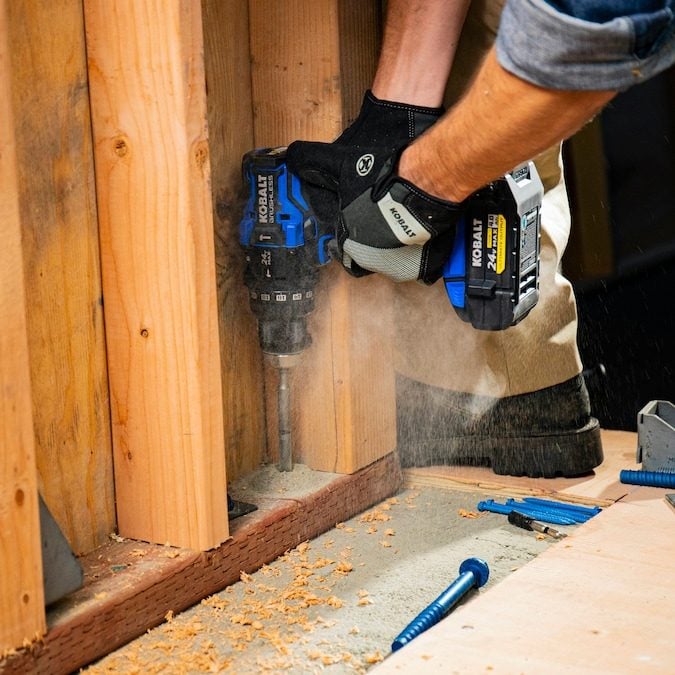8 Best Hammer Drills

Buying a Hammer Drill
Hammer drills are great time savers when you’re drilling holes in dense materials like masonry or concrete, as well as wood. Hammer drills add a forward action, repeatedly driving the drill bit in and out of the work material. It works really fast, often 20,000 to 60,000 beats per minute (bpm). This additional force pushes the bit through tough materials more quickly than a traditional drill.
Hammer drills are often confused with rotary hammers, but these are actually different tools. Broadly speaking, a hammer drill adds a jackhammer action. A rotary hammer is a jackhammer with some rotation.
Here are several factors to consider when selecting a hammer drill:
Variable speed. Most offer this option, by trigger pressure or separate control setting. Variable speed is helpful in hammer mode, and pretty much essential if you use your hammer drill as a drill/driver.
Corded or cordless. A hammer drill is a serious tool, and drilling through masonry or concrete drains batteries quickly. However, modern cordless tools offer more power and lifespan than ever before. Plus, going cordless helps if you plan to use it as a drill/driver.
Chuck style and size. The chuck holds the drill bit in place. Hammer drills tend to have larger chuck sizes to accommodate larger bits. Almost all are at least 1/2-in., while some hold up to 5/8-in. bits. Keyless chucks tighten or loosen by hand, while traditional keyed chucks require a special tool called a chuck key. Hammer drills often have keyed chucks to resist loosening during high-impact hammering.
Handle position. A pistol grip handle allows the user to place more weight directly behind the drill bit. This leads to faster drill times but often requires a side handle for stability. If you’ll use the drill as a standard drill/driver most of the time, look for a mid-body grip.
Trigger lock. Because drilling through dense material can be time-consuming, some hammer drills offer a trigger lock so you can operate it without holding down the trigger. This reduces hand fatigue and can make a noticeable difference on large projects. If you’ll only be drilling the occasional hole, however, it isn’t a make-or-break option.
Motor build quality. A brushless motor means the tool will last longer and generate less heat. Metal gears can take more wear and tear, while a metal enclosure will dissipate heat faster than a plastic one.
No comments